|
| I was in Sydney for New Year 1970 (50 Years Ago - Christmas in Vietnam, December 9, 2019) but a couple of days later I was back in Vietnam. At he end of January, I would have a little over a month left in Vietnam.
I had pretty much worked myself out of my regular job, but to keep me occupied, in January 1970, I was assigned to sit on the board of the Long Binh Special Court Martial. Under the Uniform Code of Military Justice, the Special Courts Martial is reserved for serious crimes. There is a presiding judge, who is a JAG officer and four other individuals, the “board,” who function somewhat like a civilian jury. I was one of those four individuals. The courts martials were held in the USARV Headquarters complex at Long Binh. Incidentally, that complex is the only thing left of Long Binh today. Based on Google Earth, it was pretty much intact in 2015 but appears to be in a process of replacement today.
A special court-martial is the intermediate court-martial level, and there are two types. The first consists of a military judge, trial counsel (prosecutor), defense counsel, and, should the accused elect, a four-member panel, i.e., jury. In this type of special court-martial, an accused may elect to be tried by the military judge alone, i.e., without a panel. In the second type of special court-martial, the convening authority may order that only a military judge determine an accused’s guilt or innocence and possible sentence. Regardless of the offenses involved, a sentence by a special court-martial where the accused has the option of having a panel is limited to no more than twelve months confinement (or a lesser amount if the offenses have a lower maximum), forfeiture of pay, a bad-conduct discharge and reduction in rank (for enlisted personnel), and certain lesser punishments. A sentence by a special court-martial with a military judge alone, i.e., with no panel authorized, is no more than six months confinement (or a lesser amount if the offenses have a lower maximum), forfeiture of pay for six months, and reduction in rank for an enlisted accused. An officer accused in a special court-martial cannot be dismissed from the service, be confined, or reduced in rank. (https://www.usmilitarylawyer.com/types-of-court-martial.asp).
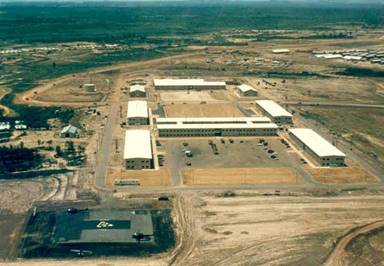
Figure 1 - USARV Headquarters Complex 1969, Long Binh
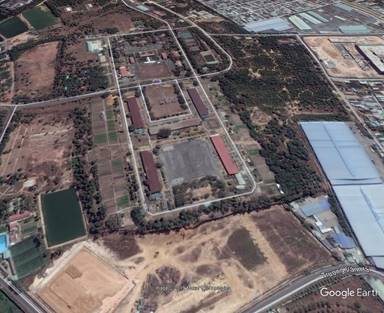
Figure 2 – Former USARV Complex 2015, Long Binh (Google Earth)
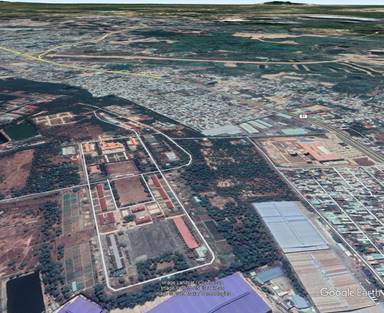
Figure 3 - Former USARV Complex 2019 Long Binh (Google Earth) The eastern portion has been replaced with new buildings
I recall two cases that came before us. The first was a soldier who had been accused of a “fragging,” that is tossing a hand grenade into the tent of his sergeant and seriously wounding him. We convicted him, but I don’t recall what his sentence was.
The second case was more troubling. A lieutenant at the 46th Engineer Battalion compound, just down the street from us, had accidentally killed his best friend, 1st Lt. Richard J. Roughgarden on September 14, 1969, by shooting him in the head with a .45 on the balcony of their two-story hootch building. He was 26 years old. The incident had occurred after an evening of drinking at the battalion officer’s club. There were no witnesses. Both the prosecution and the defense accepted that it was an accident, but the prosecution wanted a manslaughter verdict. There were not supposed to be any loaded weapons inside the perimeter of Long Binh Post except for guard duty, and the prosecutor made a case for negligence. Eventually, I believe that we delivered a manslaughter verdict but directed only a letter of reprimand because we believed the man had suffered enough and would carry the guilt of his actions with him the rest of his life.
War is a dangerous place. Not all casualties are a direct result of combat.
Richard (Rich) Joseph Roughgarden graduated from Notre Dame with a Bachelor of Architecture degree in 1966, a year before I graduated from the University of Arkansas with the same degree. A friend of Rich’s, Don Mulcare, wrote many years later:
I met Rich Roughgarden at Notre Dame. He illuminated his architectural drawings much like an ancient monastic scribe. They were works of art, science, and social commentary. Shortly after the assassination of President John F. Kennedy, Rich took me along on a road trip east. I visited friends in Brooklyn and attended the Notre Dame-Syracuse game in the old Yankee Stadium. Rich and I lost track of each other, but years later, I noticed his obituary in the Notre Dame Magazine. He served in an engineering unit and died in an accident. His name is on the Wall.
Roughgarden entered active duty November 21, 1968, and in 1969 was a 1st Lieutenant in the Corps of Engineers assigned to the 46th Engineer Battalion, 159th Engineer Group, 20th Engineer Brigade at Long Binh, Vietnam.
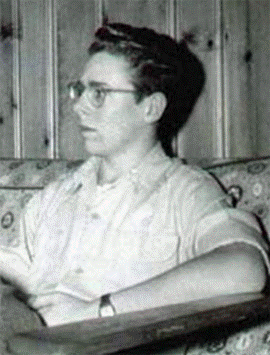
Richard J. Roughgarden
On the night of September 14, 1969, after a night of drinking at the battalion Officers Club, Roughgarden and his best friend, another lieutenant, were on the second floor balcony of their two-story “hootch” (“hootch” is slang for any primitive living quarters in a Vietnam combat zone). Somehow, Roughgarden was fatally shot in the head by his friend with his friend’s .45 pistol.
Although the 46th Engineer Battalion compound was next door to my 159th Headquarters compound, I didn’t know either Roughgarden or his friend, but I was nevertheless drawn unforgettably into the tragedy when I was appointed to serve on the board of a Special Courts Martial in the spring of 1970.
Roughgarden, who was from Hawthorne, New Jersey, was born August 19, 1943, the son of Frederick and Anna Mae Roughgarden. He had one brother. He was 26 years old when he died, one of 58,220 Americans who died in Vietnam. His name is on the Vietnam Memorial Wall at Panel W18, Line 86.
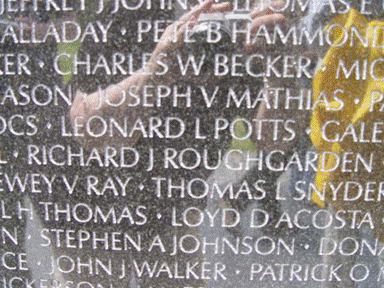
|

